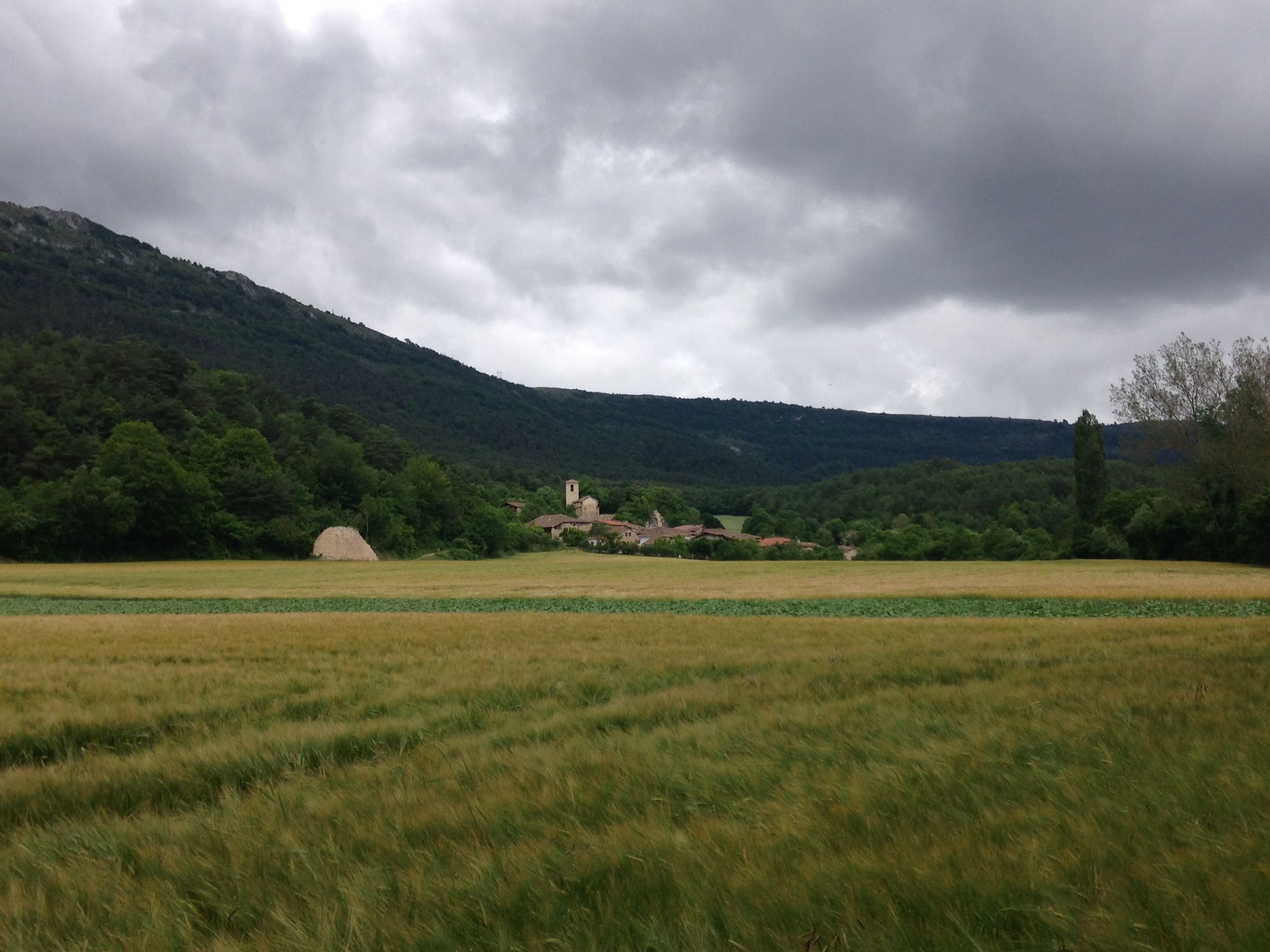Evil means for the Jews of Balmaseda
- Balmaseda, 1483. The town council, by means of an ordinance, prohibited the Jews from settling and marriage to the Balmasedans. The Jews had arrived in the town a century earlier and lived in thirteen Old Street houses. Balmaseda then had about 1,000 inhabitants and the Jews were about 50. It does not look like a great deal, but in the middle of the 15th century Balmaseda was the second most important Jewish quarter of the Basque territory, after that of Vitoria.

Three years later, in January 1486, the council decided to expel the Jews from the town and several armed men, presided over by Mayor Pedro Sánchez Terreros, forcibly executed the decision. The Jews fled and most of them took refuge in the Burgese village of Villasana de Mena in Burgos. That same year, the subject was discussed at the Assembly of Gernika, and the representative of the Jews Haron agreed that the Jew should definitely depart from Balmaseda, because he surely had no other choice at the time.
But the Jews also turned to the Catholic Monarchs to seek a solution and received their answer in 1488. A letter was sent to the people ' s council requesting the readmission of the Jews. In addition, the Royal Court appointed a mediator to complete the request: Bachelor Lope García de Chinchilla.
The neighbours of Balmaseda did not give them permission to return, but at least they were willing to negotiate with them. And finally, thanks to the efforts apparently made by Chinchilla, they agreed to value the assets that the Jews had in Balmaseda and to pay those values in money to their owners. Therefore, the Jews were expelled from Balmaseda, but at least they were not thrown with empty hands, thanks to the mediation of the Catholic Monarchs.
The fact is that four years later the same authorities, Isabel I de Castilla y Fernando II de Aragón, decided to expel all the Jews from the kingdom. On 31 March 1492 the Granada Edict was signed and entered into force on 1 May. And there was no negotiation: the Jews had to leave without property or rights.
Zamora, late 10th century. On the banks of the Douro River and outside the city walls the church of Santiago de los Caballeros was built. The inside capitals of the church depict varied scenes with sexual content: an orgy, a naked woman holding the penis of a man… in the... [+]
In the fall of 1415 the battle of Agrincourt erupted between England and France, one of the most decisive wars of the Hundred Years War. To this end, when Henry V, king of England and lord of Ireland, decided to send his army to France that summer, the soldiers landed on the... [+]
Toledo, 1272-1280. Alfonso X of Castile gathered 427 monomedical songs dedicated to the Virgin. The Cantigas de Santa Maria constitute one of the most important musical and literary collections of the Middle Ages, but being decorated with the miniature cantiga, these... [+]
The European Middle Ages are generally depicted as a dark era. We relate it to delay, violence, belief and tyranny. Those who lived that time are considered barbaric and ignorant. Its name is also significant, because it is contemptible: as a time of little importance that... [+]
Venice, 24 April 1459. The monk and cartographer Fra Mauro finished the map of his world in his cartography workshop in the monastery of San Michele in Murano. This work was done on behalf of the Portuguese king Alfonso V.aren and, once the map was completed, it was sent to... [+]
Rome, April 1215. IV. In the Council, the Catholic Church prohibited the surgery of priests and monks, among others. Also in previous councils, Reimsen and Tours, they worked on the issue, arguing that only legataries had to deal with saving souls and that they had to avoid the... [+]
Venice, 8 January 1324. The famous traveler and merchant Marco Polo died at the age of 70. About to die, the people gathered in the area asked him to recognize that what was told in the book Description of the World was a fiction, but the last words of the traveler were: “I... [+]
Até agora considerouse que os estribos e celos fundamentais para o uso dos cabalos inventáronse en China cara aos séculos V ou VIN. Pero na cova de Urd Ulaan Unet, en Mongolia, atópase máis antigo, do século IV. O bidueiro da zona está feito de madeira, polo que non é... [+]

























